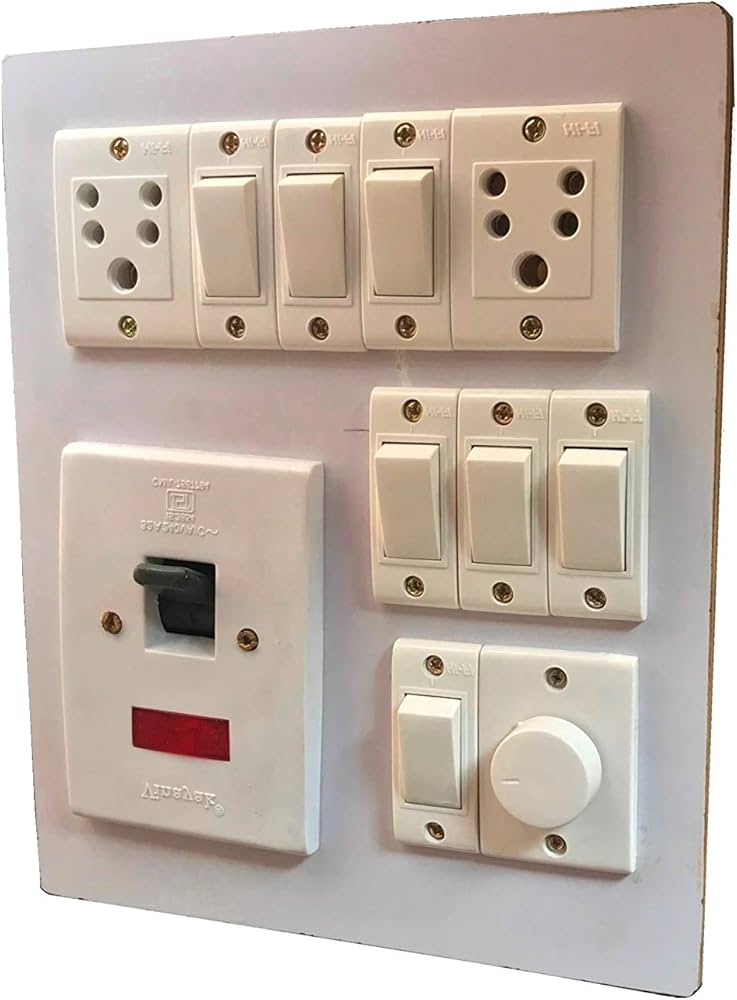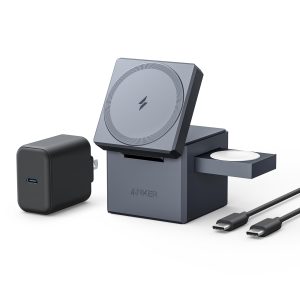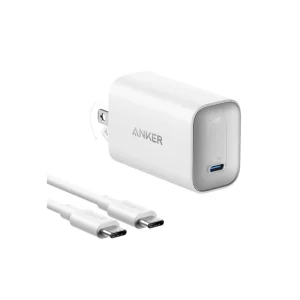What is an Electric Switch? Definition, Working Principles, Applications, and Safe Usage

1. What is an Electric Switch?
An electric switch is a device used to control the flow of electricity within a circuit by turning it on or off. It is an essential component in electrical systems, allowing users to operate lighting, appliances, and electronic devices safely and conveniently.
Common Types of Electric Switches
- Single-Pole Switch: The most common type, used to control a single circuit from one location.
- Double-Pole Switch: Controls two circuits simultaneously, often used in heavy-duty applications.
- Three-Way Switch: Allows control of a single light or device from two different locations, commonly used in staircases and hallways.
- Four-Way Switch: Works in combination with three-way switches to control a circuit from three or more locations.
- Dimmer Switch: Adjusts the brightness of lights by controlling voltage levels.
- Push-Button Switch: Operates by pressing a button, often used in industrial and electronic applications.
- Smart Switch: Wi-Fi or Bluetooth-enabled switch for remote control via mobile devices or voice assistants.
Main Uses of Electric Switches
- Lighting control: Used to turn lights on/off in homes, offices, and public spaces.
- Appliance operation: Powers devices such as fans, heaters, and kitchen appliances.
- Industrial machinery control: Enables safe operation of heavy machinery.
- Security systems: Used in alarms and surveillance systems.
- Smart home automation: Integrates with smart technology for remote access and automation.
2. How Does an Electric Switch Work?
Working Principle
An electric switch operates by opening or closing an electrical circuit.
- Closed Circuit (ON Position): When the switch is turned on, the internal contacts connect, allowing electricity to flow and power the device.
- Open Circuit (OFF Position): When the switch is turned off, the contacts separate, stopping the flow of electricity and turning off the device.
- Intermediate Functions: Some switches, like dimmers or smart switches, regulate power flow rather than simply turning it on or off.
Key Components of an Electric Switch
- Actuator (Toggle, Button, or Knob): The part users press or flip to operate the switch.
- Contacts: Conductive metal parts that connect or disconnect the circuit.
- Housing: Protective casing that encases the internal components.
- Wiring Terminals: Connection points for electrical wires.
- Spring Mechanism (in some types): Ensures proper contact engagement and disengagement.
3. Where Are Electric Switches Used?
Electric switches are found in various environments, ensuring controlled and safe electrical operation.
- Residential Buildings: Used in homes for lighting, ceiling fans, and appliances.
- Commercial Spaces: Found in offices, shopping malls, and hotels for managing electrical systems.
- Industrial Facilities: Used to control heavy machinery, conveyors, and automated systems.
- Healthcare Centers: Integrated into medical equipment and emergency response systems.
- Automobiles and Vehicles: Used in dashboards for headlights, indicators, and engine controls.
- Smart Homes: Advanced switches allow for remote operation and automation.
4. How to Use an Electric Switch Safely
Safe Usage Guidelines
To prevent electrical hazards and ensure longevity, follow these safety measures:
- Ensure Proper Installation: Always install switches according to manufacturer instructions and safety standards.
- Use the Right Type of Switch: Choose the appropriate switch based on voltage and application needs.
- Avoid Overloading Circuits: Ensure switches and wiring can handle the electrical load.
- Keep Switches Dry: Moisture can cause short circuits; install waterproof switches in wet areas.
- Inspect Regularly: Check for loose wiring, sparks, or unusual heating around the switch.
- Use Child-Proof Covers: Prevent accidental operation by children.
- Turn Off Power During Maintenance: Always shut off the main power before replacing or repairing a switch.
- Upgrade to Modern Safety Switches: Consider GFCI or smart switches for enhanced safety.
- Consult a Professional: For complex installations, seek the help of a licensed electrician.
Common Issues and Troubleshooting
- Switch Not Working: Check for loose wiring or a blown fuse.
- Flickering Lights: May indicate a faulty connection or a worn-out switch.
- Sparking or Heat Build-Up: Signs of internal damage; replace the switch immediately.
- Buzzing Sound: Could indicate improper installation or excessive current flow.
Conclusion
An electric switch is a fundamental component in electrical circuits, providing safe and efficient control over electrical devices. Understanding its types, working principles, applications, and safety measures ensures proper use and maintenance. Whether for home, office, or industrial use, selecting the right switch and following safety guidelines enhances convenience and electrical security.







